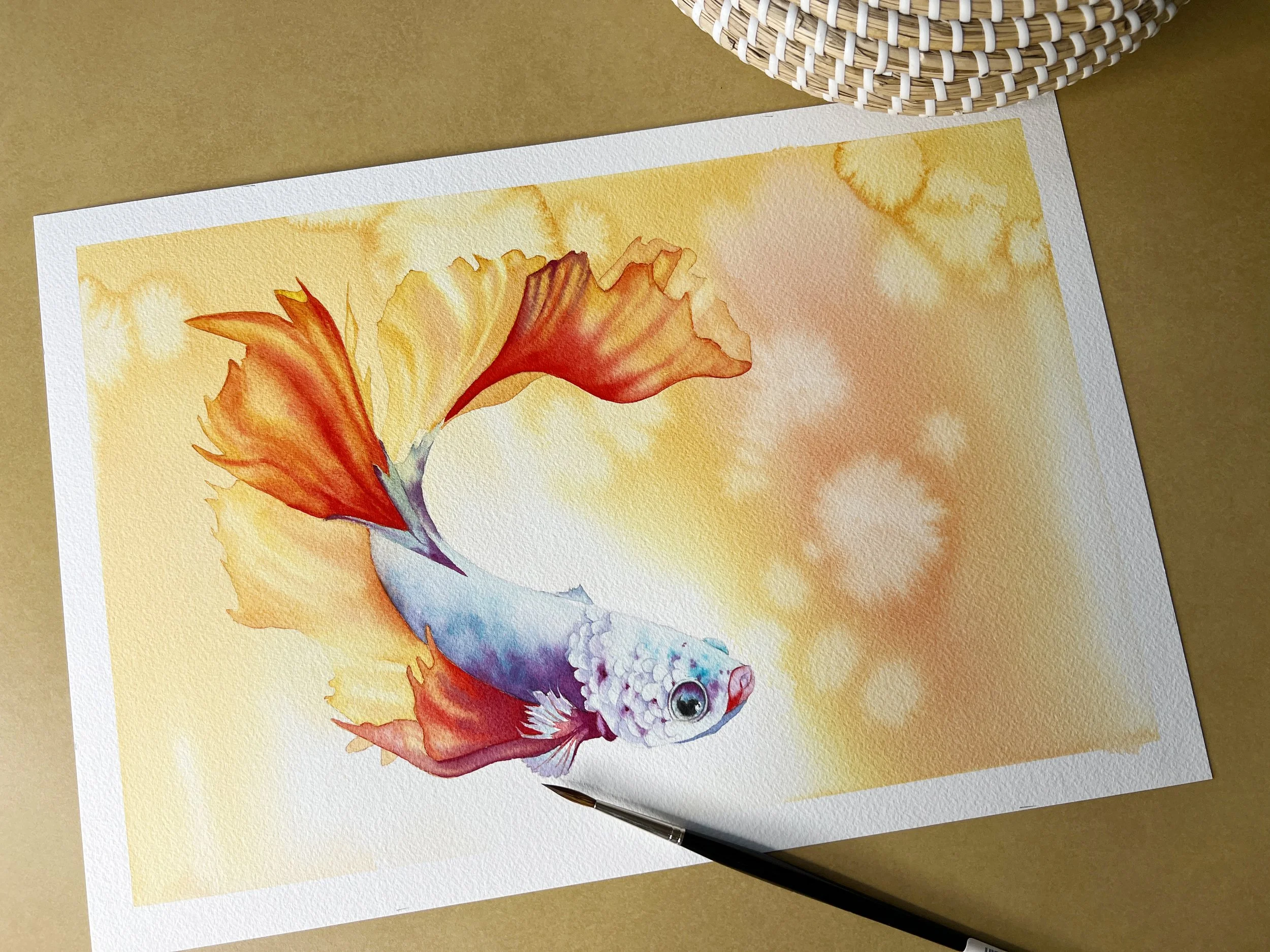Watercolour Tips
Watercolour tips and techniques to help you improve your painting skills.
Welcome to Louise De Masi’s Watercolour Tips Blog, your ultimate resource for mastering the art of watercolour painting.
Dive into expert advice, step-by-step tutorials, answers to common questions and creative techniques to elevate your artistry. Whether you’re a beginner or an experienced artist, Louise’s insightful posts cover everything from basic brushwork to advanced colour blending. Discover how to choose the best materials, perfect your painting skills, and find inspiration for your next masterpiece.
Join our community of passionate artists and unleash your creativity with Louise De Masi’s professional watercolour tips.
P.S. Click on the button below to see an index of all blog posts or search for a specific post in the search bar.
P.P.S. If you have an RSS feeder and would like to add this blog, click on the Watercolour Tips RSS feed below.

















